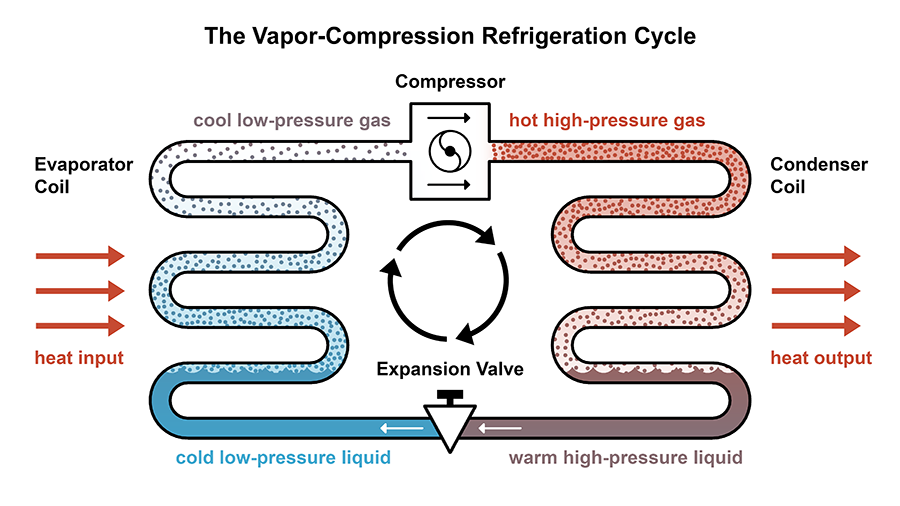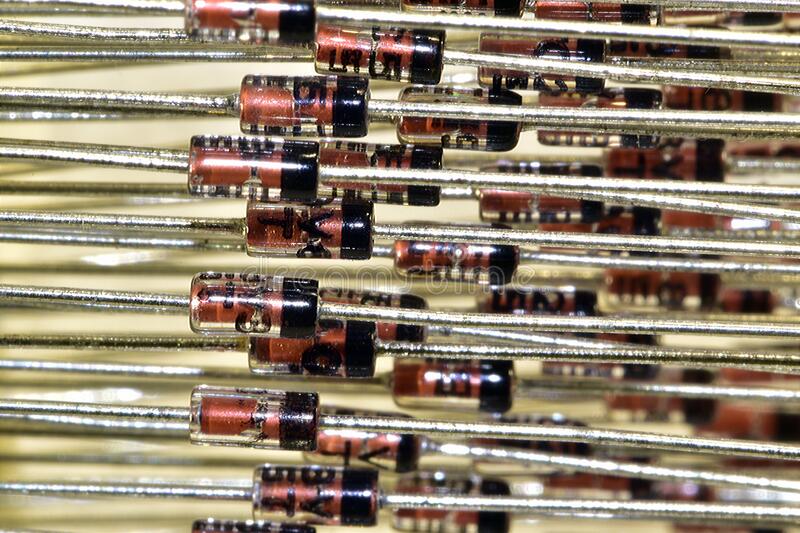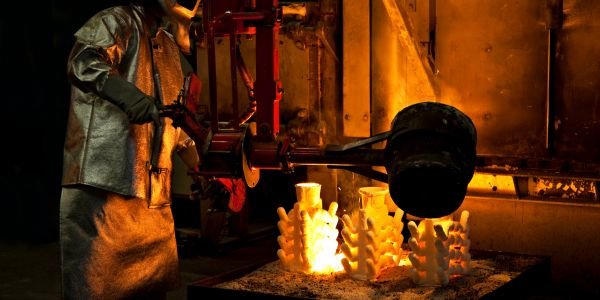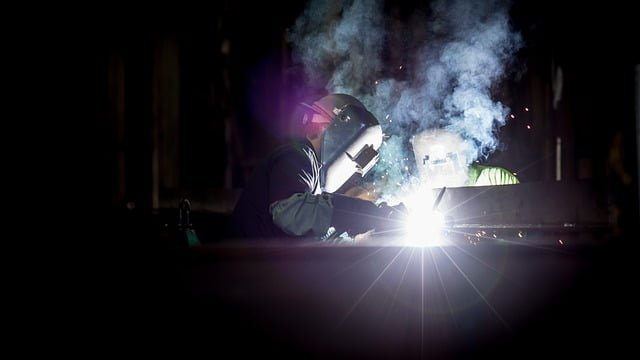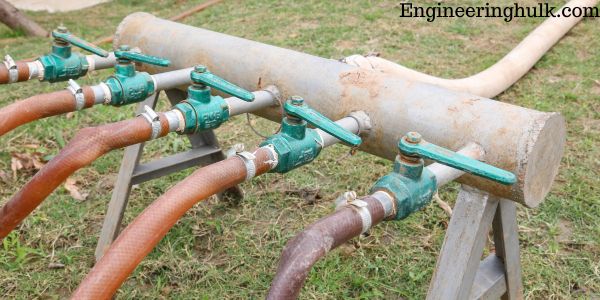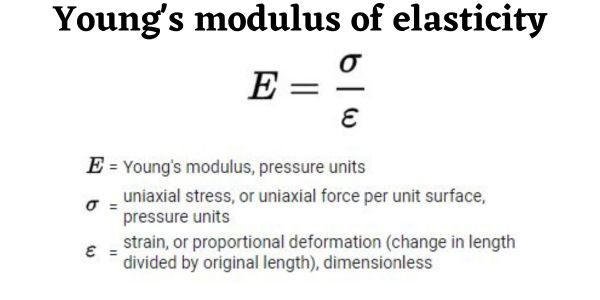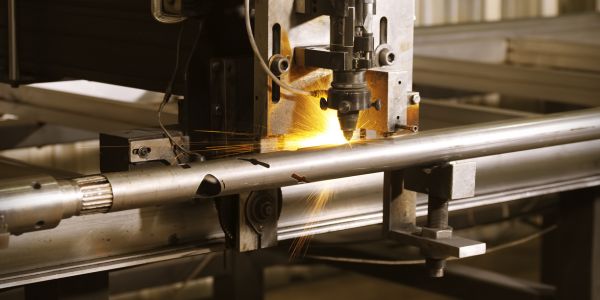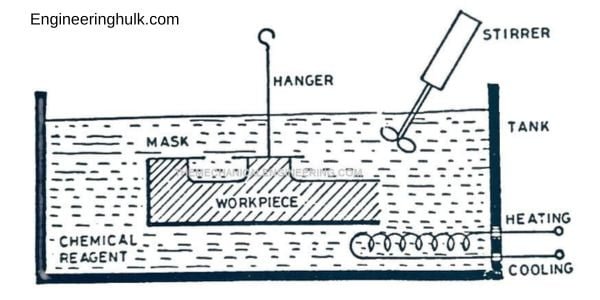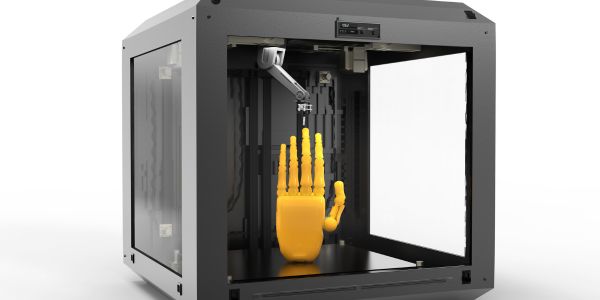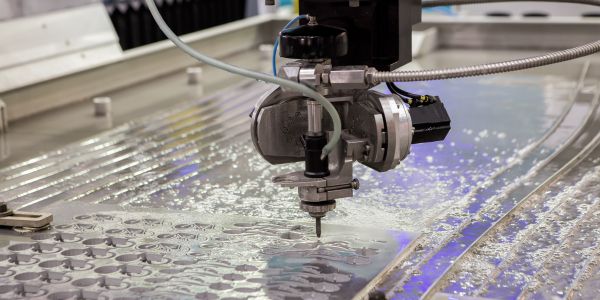Table of Contents
Introduction
Bolts are one of the most commonly used mechanical fasteners in engineering. Bolts are used to connect two or more objects together, either permanently or temporarily. There are different types of bolts used in engineering, each designed for specific purposes.

Types of bolts
Hex Bolts
Hex bolts are the most commonly used bolts in engineering. They have a hexagonal head with threads along the shank. The threads are used to secure the bolt to a nut, creating a strong and secure connection. Hex bolts come in different grades and sizes, and are used in a wide range of applications, including construction, automotive, and aerospace.
Lag Bolts
Lag bolts are also known as lag screws. They have a threaded shank with a hex head and are used to attach wood to wood or wood to other materials. Lag bolts are available in different lengths, diameters, and materials. They are commonly used in construction and carpentry.
Carriage Bolts
Carriage bolts have a smooth, dome-shaped head and a square shank. They are used to secure two or more materials together and are commonly used in wood-to-metal and metal-to-metal connections. Carriage bolts are available in different lengths and sizes and are commonly used in construction and furniture assembly.
U-Bolts
U-bolts are named for their U-shape. They are used to secure pipes, tubes, and other cylindrical objects to a surface. U-bolts come in different sizes and materials and are commonly used in construction and automotive applications.
Eye Bolts
Eye bolts are bolts with a circular loop at the top of the shank. The loop is used to attach a rope, cable, or chain to the bolt. Eye bolts are commonly used in lifting and rigging applications, as well as in marine and outdoor environments.
J-Bolts
J-bolts have a J-shaped shank and are used to secure objects to concrete or other hard surfaces. They are commonly used in construction and are available in different lengths and sizes.
T-Bolts
T-bolts have a T-shaped head and are used in T-slot tracks. They are commonly used in the manufacturing of machinery and equipment and are available in different sizes and materials.
Anchor bolts
Anchor bolts are used to secure heavy equipment or structures to concrete. They are typically embedded in concrete and have a threaded end that protrudes above the surface. The threaded end of the bolt is then used to secure the equipment or structure to the concrete by tightening a nut onto it.
Double-end bolts
Double-end bolts have threads at both ends, allowing them to be used to join two separate components together. They are commonly used in heavy machinery and automotive applications.
Flange bolts
Flange bolts have a flange at the base of the head that acts as a washer, distributing the load and providing a larger bearing surface. This type of bolt is commonly used in automotive and industrial applications where high-stress loads are expected.
Square head bolts
Square head bolts have a square-shaped head that is designed to be tightened with a wrench, making them ideal for use in applications where a high degree of torque is required. Square head bolts are commonly used in construction and woodworking applications.
Socket head bolts
Socket head bolts have a cylindrical head with a hexagonal socket in the center. This design allows for the use of an Allen wrench or hex key to tighten the bolt, providing a higher degree of precision and torque than other types of bolts. Socket head bolts are commonly used in machinery and automotive applications.
Four primary parts of bolts
They are made up of several different parts, each of which plays a critical role in their overall function. The four primary parts of bolts are :
Head
The head is the topmost part of the bolt and is typically shaped like a hexagon, although other shapes such as square or circular can also be used. The head is used to drive the bolt into place using a wrench or socket, and it is the part that provides the necessary torque to secure the bolt in place. The size and shape of the head can vary depending on the application, with larger heads typically used for heavier-duty applications.
Shank
The shank is the main body of the bolt and is typically cylindrical in shape. The shank is the part of the bolt that extends from the underside of the head to the threaded end. The diameter and length of the shank can vary depending on the application, with larger diameters and longer lengths used for heavier-duty applications.
Threads
The threads are the grooves that are cut into the shank of the bolt. They allow the bolt to be screwed into a threaded hole or nut, creating a secure connection. The thread pitch, or distance between each thread, can vary depending on the application. Coarse threads are typically used for applications that require a stronger grip, while fine threads are used for applications that require a more precise fit.
Point
The point is the end of the bolt that is opposite the head and is typically pointed to allow the bolt to be easily screwed into a hole or nut. The shape of the point can vary depending on the application, with some bolts having a flat or chamfered end. Bolts with a flat or chamfered end are typically used in applications where the bolt will be screwed into a hole with a flat or countersunk surface.
FAQ
What is the difference between a hex bolt and a hex cap screw?
Hex bolts and hex cap screws have similar characteristics, but the key difference lies in their application. Hex bolts are typically used with nuts to join two or more components together, while hex cap screws are threaded bolts designed to be screwed directly into a threaded hole.
What are high-strength bolts and when are they used?
High-strength bolts are bolts made from alloy steel and are designed to provide greater tensile strength and load-bearing capacity. They are commonly used in structural applications, such as construction, bridges, and machinery, where heavy loads or high forces are involved.
What is the purpose of a carriage bolt?
A carriage bolt, also known as a coach bolt, is designed with a square or round head and a flat, domed, or countersunk head. Its purpose is to provide a smooth and finished appearance, as the head sits flush with the surface it is installed on. Carriage bolts are commonly used in applications where a neat appearance is desired, such as furniture assembly.
How are lag bolts different from other types of bolts?
Lag bolts also referred to as lag screws, are heavy-duty fasteners primarily used for wood-to-wood applications. They have coarse, deep threads and a pointed tip for easy insertion into the wood. Unlike other bolts, they do not require a nut to secure the joint; instead, they are screwed directly into the material.
What are anchor bolts used for?
Anchor bolts are designed to secure structures to concrete or masonry surfaces. They have an L-shaped or J-shaped design and are embedded into the foundation or wall before it hardens. These bolts provide stability and prevent the structure from shifting or moving.
What is the difference between a shoulder bolt and a socket head cap screw?
A shoulder bolt, also known as a shoulder screw or stripper bolt, has a cylindrical shoulder between the head and the threaded portion. The shoulder acts as a bearing surface or guide, allowing rotational or axial movement of attached parts. In contrast, a socket head cap screw has a cylindrical head with a socket drive for easy installation and removal.
What is the purpose of a U-bolt?
U-bolts are shaped like the letter “U” and are used to secure pipes, tubes, or other rounded objects to a surface. They are commonly used in plumbing, automotive, and construction applications. U-bolts are available in various sizes and materials to accommodate different load requirements.
What are flange bolts and when are they used?
Flange bolts have an enlarged washer-like flange beneath the bolt head. The flange distributes the load over a wider area and helps prevent the bolt from loosening due to vibration or movement. These bolts are commonly used in automotive, plumbing, and industrial applications.
What are the differences between fully threaded bolts and partially threaded bolts?
Fully threaded bolts have threads that extend from the tip to the head of the bolt. They are used when the entire length of the bolt needs to engage with the threaded hole or when additional flexibility is required. Partially threaded bolts, on the other hand, have a threaded portion that covers only a portion of the bolt’s length and are often used when the unthreaded portion acts as a spacer or bearing surface.
What is the purpose of a stud bolt?
A stud bolt is a fully threaded bolt without a head. It is threaded on both ends and is commonly used in applications where two components need to be joined together by nuts on each end. Stud bolts are often used in flange connections, such as in piping systems or assembly of machinery, where disassembly and reassembly are frequent.
Also, read Welding defects










